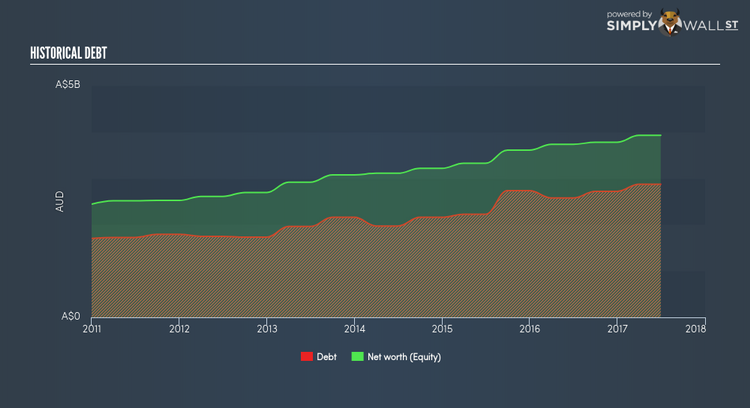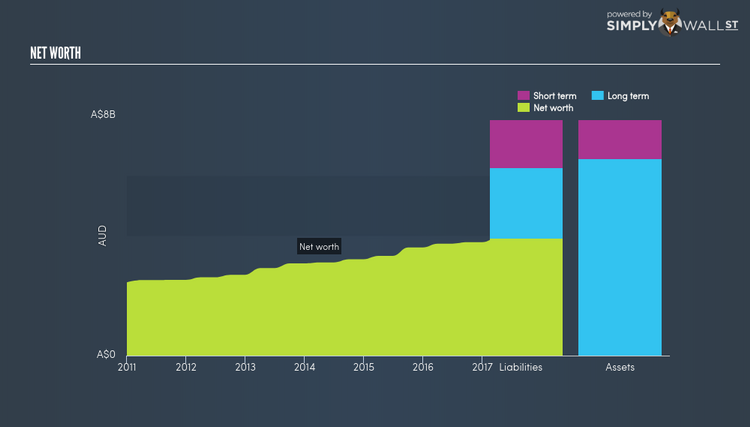Is Sonic Healthcare Limited’s (ASX:SHL) Balance Sheet A Threat To Its Future?

Small-caps and large-caps are wildly popular among investors; however, mid-cap stocks, such as Sonic Healthcare Limited (ASX:SHL) with a market-capitalization of A$9.60B, rarely draw their attention and few analysts cover them. While they are less talked about as an investment category, mid-cap risk-adjusted returns have generally been better than more commonly focused stocks that fall into the small- or large-cap categories. I will take you through a few basic checks to assess the financial health of companies with no debt. View our latest analysis for Sonic Healthcare
Is SHL’s level of debt at an acceptable level?
A substantially higher debt poses a significant threat to a company’s profitability during a downturn. In the case of SHL, the debt-to-equity ratio is 73.19%, which indicates that its debt can cause trouble for the company in a downturn but it is still at a manageable level. While debt-to-equity ratio has several factors at play, an easier way to check whether SHL’s leverage is at a sustainable level is to check its ability to service the debt. A company generating earnings (EBIT) at least three times its interest payments is considered financially sound. In SHL’s case, its interest is excessively covered by its earnings as the ratio sits at 9.48x. Lenders may be less hesitant to lend out more funding as SHL’s high interest coverage is seen as responsible and safe practice.
Can SHL meet its short-term obligations with the cash in hand?
Another important aspect of financial health is liquidity: the company’s ability to meet short-term obligations, including payments to suppliers and employees. If an adverse event occurs, the company may be forced to pay these immediate expenses with its liquid assets. In order to measure liquidity, we must compare SHL’s current assets with its upcoming liabilities. Our analysis shows that SHL is unable to meet all of its upcoming commitments with its cash and other short-term assets. While this is not abnormal for companies, as their cash is better invested in the business or returned to investors than lying around, it does bring about some concerns should any unfavourable circumstances arise.
Next Steps:
Are you a shareholder? SHL’s high cash coverage means that, although its debt levels are high, investors shouldn’t panic since the company is able to utilise its borrowings efficiently in order to generate cash flow. Since SHL’s financial position could change, I recommend examining market expectations for SHL’s future growth on our free analysis platform.
Are you a potential investor? Although understanding the serviceability of debt is important when evaluating which companies are viable investments, it shouldn’t be the deciding factor. Ultimately, debt is often used to fund or accelerate new projects that are expected to improve a company’s growth trajectory in the longer term. SHL’s Return on Capital Employed (ROCE) in order to see management’s track record at deploying funds in high-returning projects.
To help readers see pass the short term volatility of the financial market, we aim to bring you a long-term focused research analysis purely driven by fundamental data. Note that our analysis does not factor in the latest price sensitive company announcements.
The author is an independent contributor and at the time of publication had no position in the stocks mentioned.


